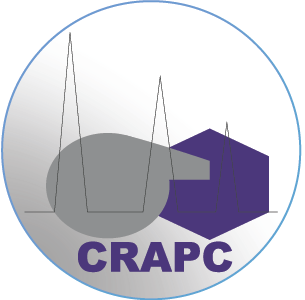International Journal of Environmental Analytical Chemistry
ABSTRACT
Facing the environmental pollution comes from the industrial and agricultural waste many strategies take place for the wastewater treatment using advanced oxidation processes as Fenton and photo-Fenton. One of the wastewater contaminants is a food Indigotine dye E132, causes serious problems for the environment. In the present work, a homogenous Fenton oxidation was applied to remove Indigotine from aqueous solution. The influence of several parameters as the [H2O2]/[dye] ratio, the Fe2+ concentration, the pH value and the initial dye concentration were investigated. The results show that the dye removal was raised with the raise of the reaction temperature, Fe2+ and H2O2 concentration decrease with the increase of the Indigotine concentration. The optimum conditions determined at room temperature were [dye] = 300 mg/L, [Fe2+] = 0.125 mM, [H2O2] = 1.3 mM, and pH 3 with a removal efficiency (100%) achieved after 20 min of reaction. The comparison between Fenton and photo-Fenton shows the role of the light needed to accelerate the reaction kinetic. It was found that under the optimal conditions, the dye removal efficiency was achieved after 20 min of reaction whereas, under irradiation, the reaction time reduced to 10 min. The values of the rate constant were determined according to the first-order kinetic model that fits the experimental data.
KEYWORDS: Indigotine, food dye, degradation, H2O2/Fe2+ , irradiation, optimum conditions

